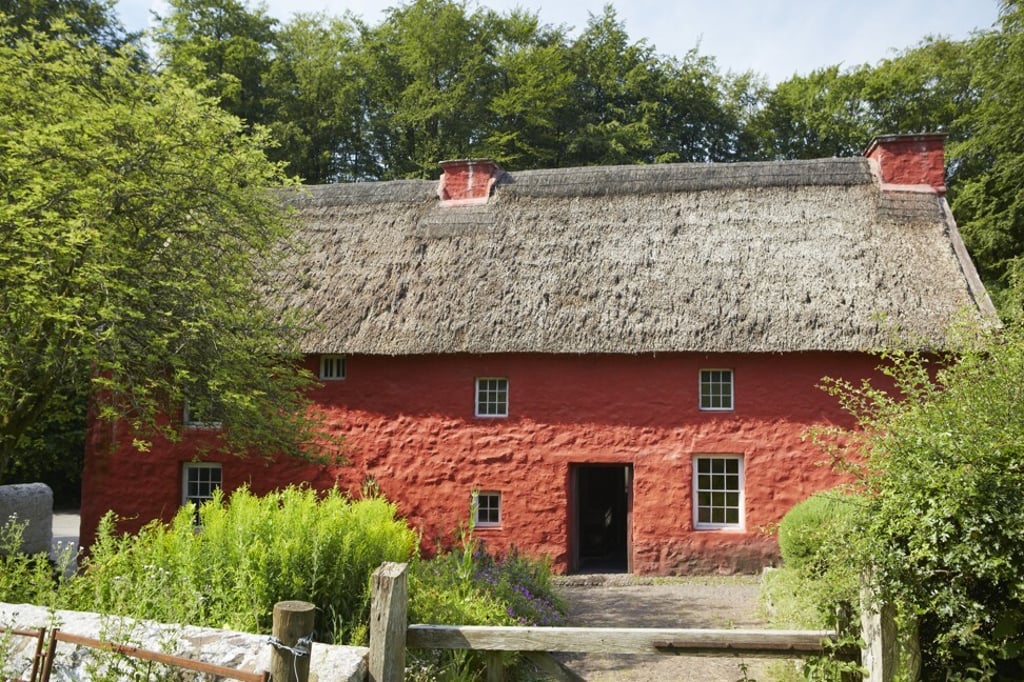St Fagans, the ‘living museum’ in Wales that inspired an Alexander McQueen collection
- Sarah Burton took the Alexander McQueen design team on a research trip to the the open-air museum near Cardiff
- Influences from carved wooden love-spoons to the court of a medieval prince appear in the brand’s autumn/winter 2020 collection

When I read about the inspiration for this season’s Alexander McQueen womenswear collection in the show notes I did a double take. Creative director Sarah Burton has become known in the fashion industry for taking her design team on research trips around Britain and, ahead of autumn/winter 2020, she took them to St Fagans, on the outskirts of Cardiff, in Wales.
Thought to be named after a 2nd century saint and the site of a pitched battle during the English civil war, in 1648, these days St Fagans is an affluent village that’s home to a popular open-air, living museum. I grew up nearby and have visited often, so I was intrigued to see the McQueen team similarly captivated.
Having gone through a few name changes, it is officially now called St Fagans National Museum of History but is known by locals simply as St Fagans. Its main draw is a collection of more than 40 historical buildings, including cottages and churches, mills and tanneries, which have been meticulously transported from all over Wales and recreated in a bucolic setting.
These structures, as well as the galleries and workshops showcasing Welsh social history and craftsmanship, were the stimulus for Alexander McQueen’s autumn/winter collection.

Perhaps St Fagans was on Burton’s radar as it was named UK Art Fund Museum of the Year in 2019, beating the glitzy V&A Dundee to the prize. St Fagans was the vision of the late Welsh poet and academic Iorwerth Peate, who, in 1948, sought “not to create a museum which preserved the dead past under glass but one which uses the past to link up with the present”.
















